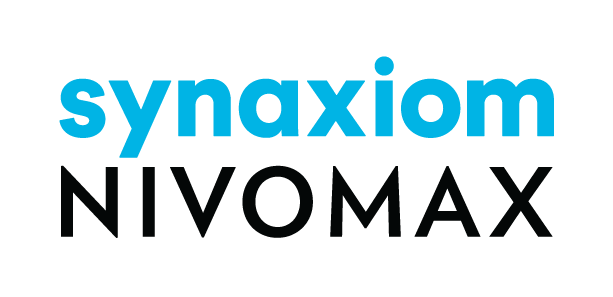Balancing Act: Pros and Cons of Running Software with Administrative Privileges
Published on May 5, 2024 ( Last Updated on December 24, 2025 ) | 3 min read
Running a software application as an administrator, especially when launched by a user with a standard Windows account, involves setting the executable (.exe) file to always run with elevated privileges. This setup can have significant implications for both the functionality and security of the system. Here’s a general list of the pros and cons associated with this approach:
Pros of Running as Administrator
- Full Access to System Resources: Running as an administrator grants the application unrestricted access to the system, allowing it to perform tasks that require higher privileges such as modifying system files, accessing restricted directories, or binding to network ports reserved for the system.
- Seamless Functionality: Certain applications need elevated privileges to function correctly. Running them as an administrator can ensure that all features work as intended without encountering permission errors.
- Simplified User Experience: Users won’t face constant UAC (User Account Control) prompts for permission to perform routine tasks within the application, leading to a smoother and less interrupted experience.
- Ease of Deployment: In environments where multiple configurations or initial setup tasks require administrative rights, running as administrator can make the deployment process smoother and faster.
Cons of Running as Administrator
- Security Risks: Elevated privileges mean that if the application is compromised, the attacker could have full access to the system. This could lead to more severe consequences, such as system-wide malware infection, data theft, or unauthorized changes to system settings.
- Potential for Unintended Changes: With greater power comes the increased possibility of unintended changes to critical system settings, either by the user or by the application. This can affect system stability and security.
- Compliance Issues: Running applications with elevated privileges can violate organizational policies or regulatory compliance requirements that stipulate minimum necessary access for software.
- User Error Impact: Mistakes made while using an application with admin rights can have far-reaching effects, potentially harming the system’s integrity and functionality.
- Additional Considerations
- Consistency Across Users: If an application is set to run as an administrator, any user on the computer, regardless of their account type, will effectively have administrative privileges when using the application. This uniformity can be beneficial for functionality but risky for security.
- User Account Control (UAC): Even with the application set to run as an administrator, users might still encounter UAC prompts, depending on system settings. Disabling these prompts to streamline operations can further increase security risks.
When deciding whether to run an application with administrative privileges, it’s crucial to weigh these pros and cons in the context of the specific needs and security policies of the organization. Often, it’s advisable to seek a balance where the application operates with the least privilege necessary to function properly, enhancing security without significantly compromising functionality.

